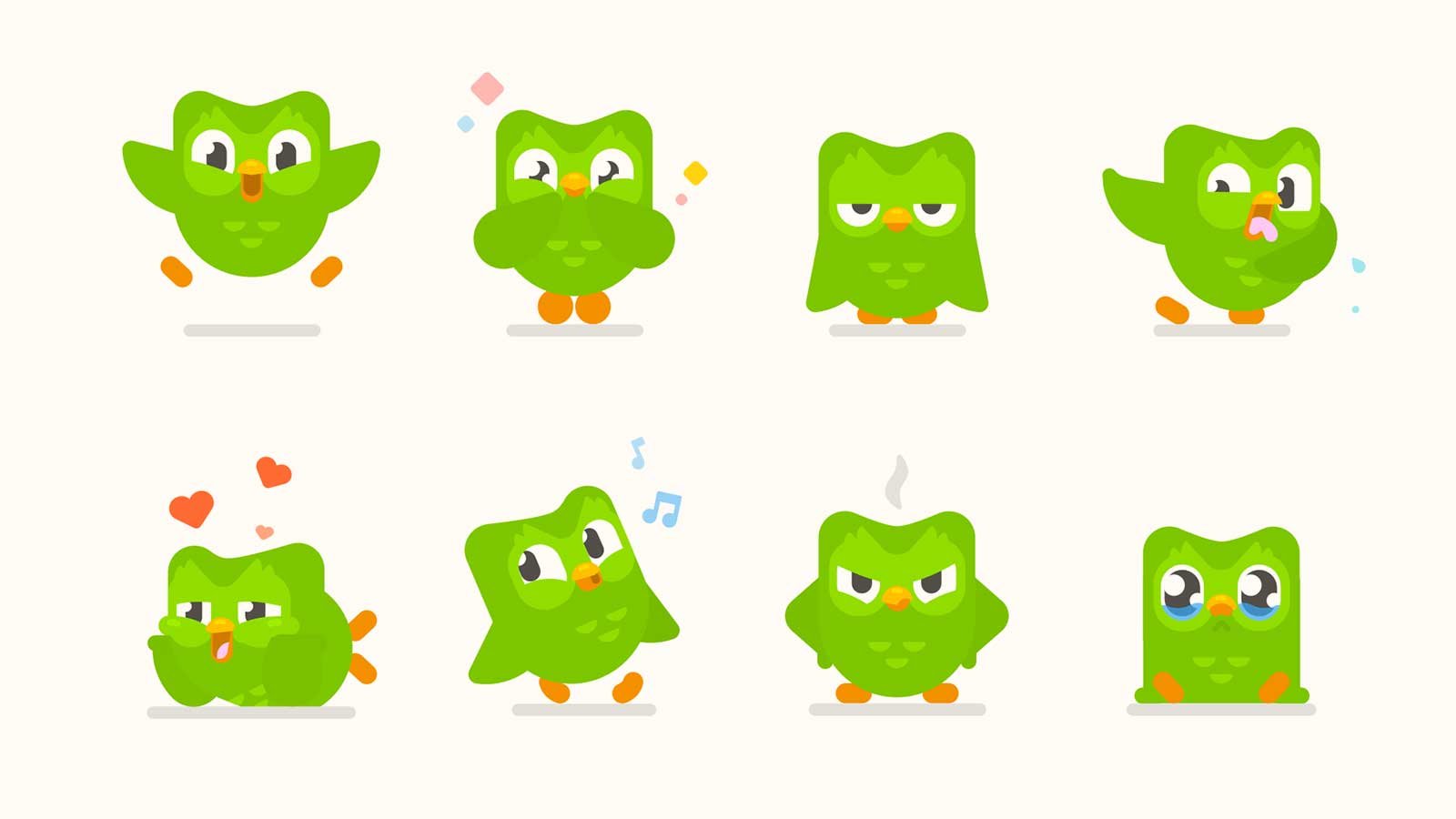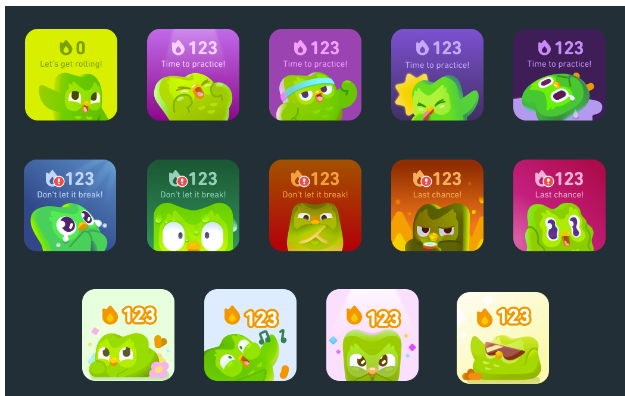The Rise of Duolingo: How a Language Learning App Became a Global Phenomenon
A green owl is going viral on social media. “Hi! It’s Duo. Your Japanese lessons won’t take themselves.” More than 300 million people worldwide have downloaded Duolingo, and the majority of them obey what Duo asks for. This is not only because Duolingo provides over 40 languages, including the fictional High Valyrian language from HBO’s smash hit Game of Thrones, but also because of their masterfully organized social media campaigns. But how has Duolingo found a way to integrate itself into pop culture, and how does it stimulate users to stick to their language lessons? Let's investigate!
Founder and Vision
Duolingo was founded by Luis von Ahn and Severin Hacker in 2011. They believed that language learning did not need to be expensive and boring. On the contrary, what von Ahn and Hacker envisioned was to make language learning fun, free, efficient, and accessible to everyone who wants to learn a language.
Accessibility and Gamification
One important feature of Duolingo is its accessibility, which makes it suitable for a wide range of audiences. Duolingo has a fully developed and diverse cast of characters with names, personalities, and identities that resonate with different audiences. From clean layouts and useful tutorials to course tracking and multilingual support, Duolingo creates simple user experiences. Additionally, Duolingo has implemented widgets and push notifications on users’ phones to encourage them to study regularly. For instance, depending on whether or not users complete their lessons, Duolingo will use different illustrations that depict Duo's mood at various times of the day. If it's near midnight and the user hasn't clocked in yet, Duo gets desperate! This technique has proved highly effective, as half of the learners with the widget installed have a streak of at least 6 months!
“Duo appeared while I was on a second date. We didn’t make it to the third date, but I did make it to the third lesson of the Flirting skill in my French course,” Ashley from Pittsburgh comments.
An additional strength of the Duolingo app is its gamification. Duolingo is addictive, just like social media, but in a good way, because it gamifies the learning process and turns language acquisition into an engaging experience. Duolingo incorporates concepts like skill levels, badges, and treasure chests, which keep users motivated to continue learning through positive reinforcement. For example, Duolingo has incentivized their users to review material by adding cracked skill icons to their app interface, which break user achievement icons until they are repaired through language practice.
Marketing and Social Integration
Duolingo’s social media operation is one of the key reasons it went viral and became well-known. Recently, Duo has been closely following Taylor Swift, who has enormous influence among Gen-Z. Duolingo recreated the Reputation album cover when Swift changed her profile color, and people thought Reputation was going to be re-recorded. When Swift announced her new album, The Tortured Poets Department, Duo quickly followed suit.
Additionally, Duolingo has another genius marketing tactic: comments. Duo responds to comments below TikTok videos and even comments on other videos that are not related to language learning at all.
Those comments personify Duo. Duo is funny, trendy, sinister, and a little bit crazy. By having Gen-Z run social media, Duolingo maintains its engagement in pop culture, creates conversations with audiences, and gains brand recognition through comments, which helps it reach a new high in marketing. More importantly, Duo’s personality helped Duolingo gain 11.1 million followers on TikTok and countless earned media impressions.
Ultimately, though there might be some disputes about Duolingo’s marketing and effectiveness in language learning, what Duolingo’s example teaches us is that trying out new things and having a little bit of personality can always positively impact your brand.
-Tiantian Fu-







